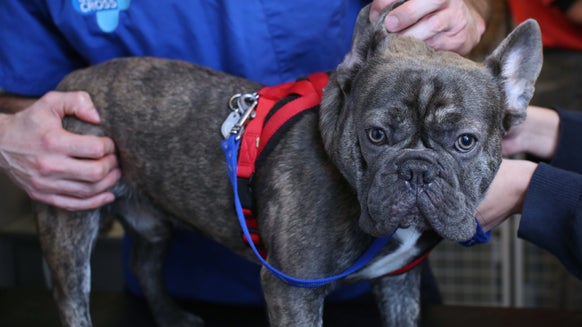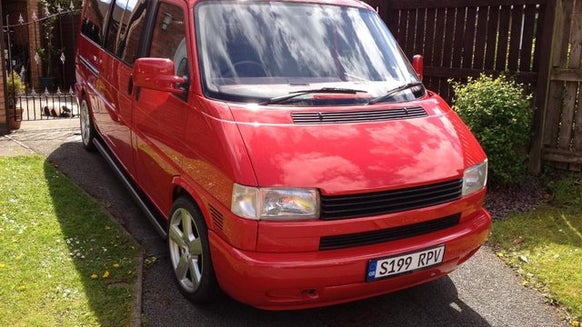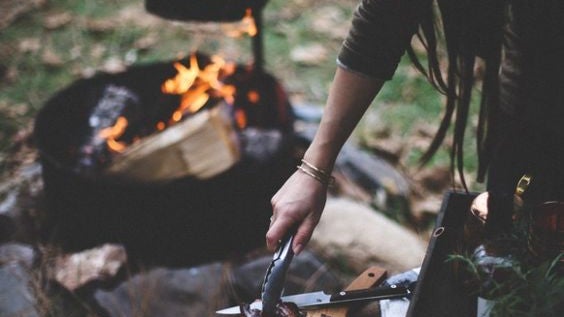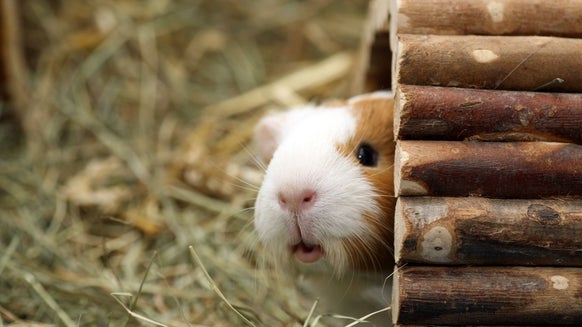ANIMALS
Dressage: An Equine History

According to the Fédération Equestre Internationale, dressage is the “highest expression of horse training, the most artistic of equestrian sports (…) The horse has to perform at a walk, trot and canter, and all tests are ridden from memory and follow a prescribed pattern of movements” (with exception of the freestyle). Dressage has become a sport with more and more exposure over time. To the untrained eye, one might concentrate intently on the horse, but it’s only when the rider fist-pumps the air as a sign of victory that you realise they were guiding the horse throughout the ‘performance’.
Where did it all start?
- You might be surprised to discover that dressage actually dates back to the Greek times. The military trained their horses to perform movements in order to evade or attack the enemy in battle. The Athenian Cavalry Commander Xenephon was the first to apply a more intelligent and compassionate approach to the horse, compared to the methods of other horsemen of the era.
- The military, who studied horsemanship as part of their military training, continued to practice the activity.
The term dressage is a French word that means “training”. 
- Dressage movements such as lateral work, piaffe, passage, courbette etc. were developed in the Renaissance period. It began to take on an entertainment value by members of aristocracy.
- All dressage training today is based around the principles established by the training system developed by the great European riding masters of the time.
- Dressage became an Olympic Sport in the 1912 Olympic Games in Stockholm. Only commissioned military officers were eligible to compete. The medallists for the 1912 Dressage were Carl Bonde and Emperor (Gold), Gustaf A. Boltenstern and Neptune (Silver) and Hans von Blixen-Finecke with Maggie (Bronze); all from Sweden. Blixen’s son would go on to win two gold medals in 1952's eventing.
- In 1936 Olympics Berlin, the standard rose dramatically to include most of the modern movements.
- It wasn’t until 1952 that both civilian men and women could compete. The medallists then were Henri Saint Cyr and Juli (Gold), a Swedish officer and equestrian; Danish Lis Hartel and Jubilee (Silver), one of the first women to compete against men in an equestrian sport at the Olympics; and André Jousseaume with Harpagon (Bronze), a French officer.
The shift from military to competitive sport meant the type of horse used also changed. From the compact Iberian type, suited to collection and the high-school airs, to the large and powerful warmblood, developed for its capacity for spectacular extension. 
You can find horse riding equipment and horses on the Preloved website!

Zoe Allison Writer and expert







